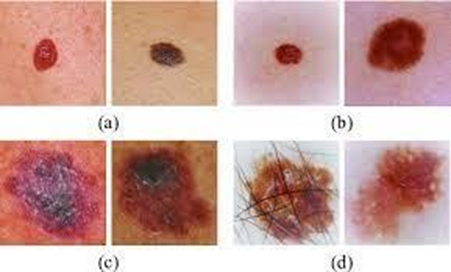A nurse is planning care for an older adult client who has herpes zoster. Which of the following interventions should the nurse include in the plan?
Administer analgesics for pain
Restrict visitors who have hot previously received a measles, mumps, and rubella vaccine.
Place the client in protective isolation.
Avoid the use of alcohol-based hand rubs.
The Correct Answer is A
Choice A rationale: Pain management is a crucial aspect of care for a client with herpes zoster (shingles). Administering analgesics can help alleviate pain and improve the client's overall comfort.
Choice B rationale: Herpes zoster is not spread through respiratory droplets, so restricting visitors based on their vaccination status is not necessary.
Choice C rationale: Protective isolation is not required for herpes zoster, as it is not highly contagious.
Choice D rationale: There is no need to avoid alcohol-based hand rubs in the care of a client with herpes zoster.
Nursing Test Bank
Naxlex Comprehensive Predictor Exams
Related Questions
Correct Answer is D
Explanation
Choice A rationale: pruritus is one of the symptoms of malignant melanoma, as well as changes in the shape, size, color, or texture of a mole or other skin lesion. However, pruritus is not specific to the disease and should always serve as a clue prompting further examination.
Choice B rationale: pain is a very rare symptom in malignant melanoma especially during the early stages of the disease. However, pain may occur in advanced stages of the disease when deeper tissues have been invaded and in cases of metastasis to distant sites.
Choice C rationale: purulent discharge is an indication of an underlying infection rather than malignant melanoma.
Choice D rationale: purplish skin discoloration is common in Kaposi’s sarcoma which manifests as purplish skin nodules rather than malignant melanoma. Furthermore, it may suggest bruising or bleeding under the skin. Malignant melanoma can have various colors, such as black, brown, red, blue, or white, depending on the type and amount of melanin produced by the tumor cells.

Correct Answer is A
Explanation
Choice A rationale: Transparent dressings are commonly used for stage I pressure ulcers as they provide a protective barrier against external contaminants while allowing for visualization of the wound. This type of dressing helps maintain a moist environment to facilitate healing.
Choice B rationale: Hydrogel dressings are typically used for wounds with necrotic tissue or those that require a moist environment. They may not be the first choice for a stage I pressure ulcer with intact skin.
Choice C rationale: Wet-to-dry dressings are often used for wounds with debris or infection. They involve placing moist gauze into the wound and allowing it to dry, promoting debridement. This is not suitable for an intact stage I pressure ulcer.
Choice D rationale: Alginate dressings are absorbent and are more appropriate for wounds with moderate to heavy exudate. They may not be necessary for a stage I pressure ulcer with minimal or no exudate.
Whether you are a student looking to ace your exams or a practicing nurse seeking to enhance your expertise , our nursing education contents will empower you with the confidence and competence to make a difference in the lives of patients and become a respected leader in the healthcare field.
Visit Naxlex, invest in your future and unlock endless possibilities with our unparalleled nursing education contents today
Report Wrong Answer on the Current Question
Do you disagree with the answer? If yes, what is your expected answer? Explain.
Kindly be descriptive with the issue you are facing.
